
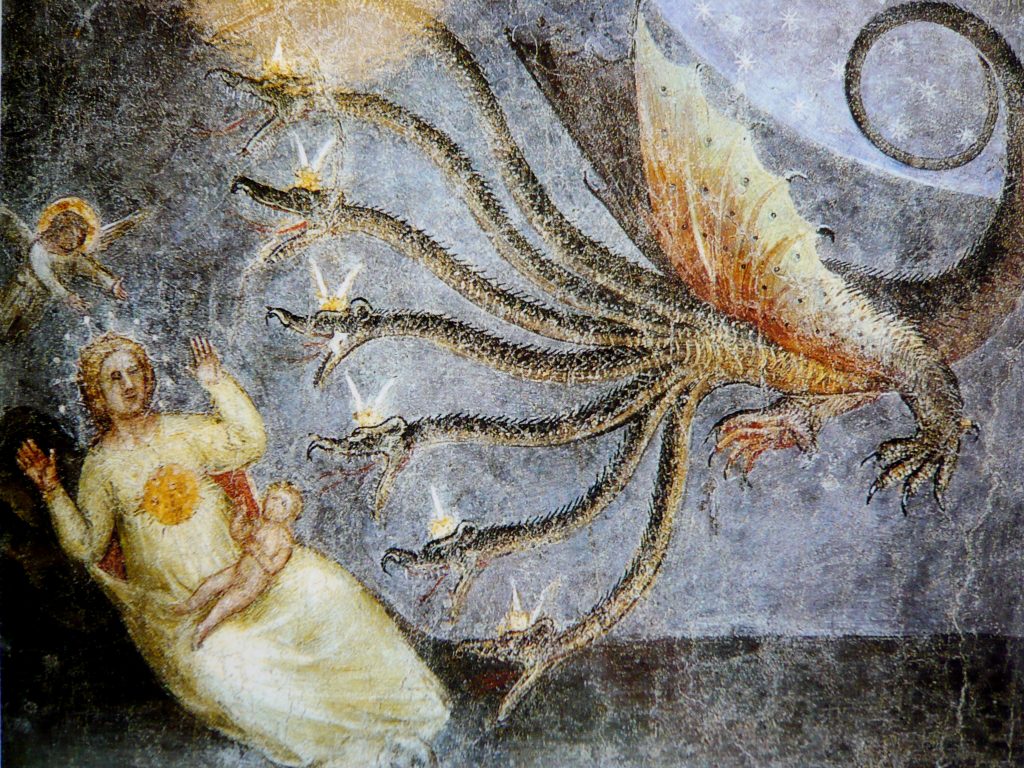
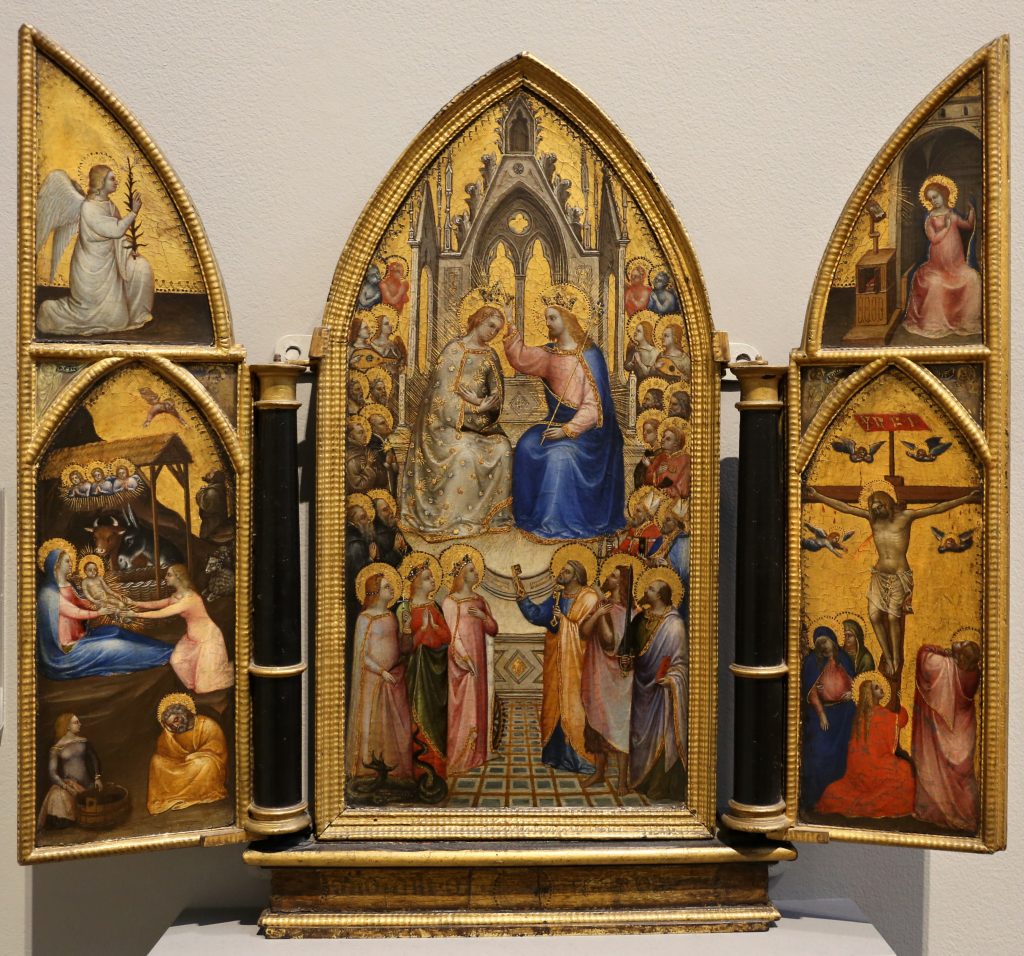
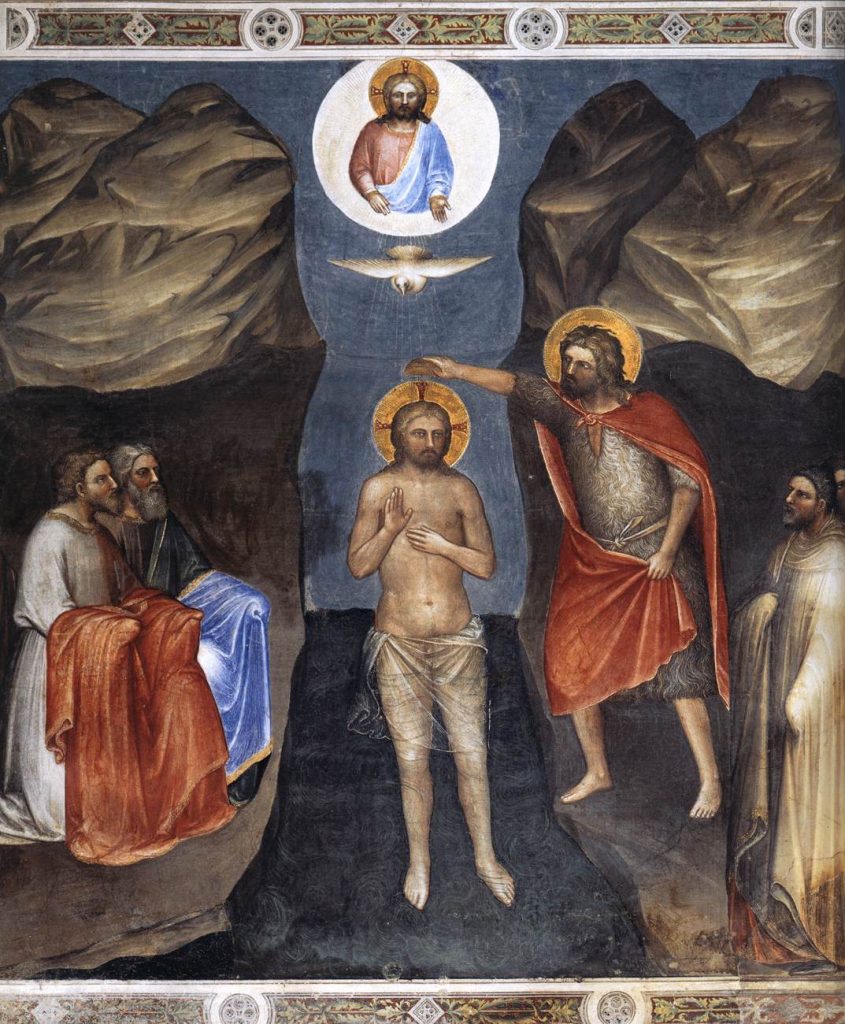
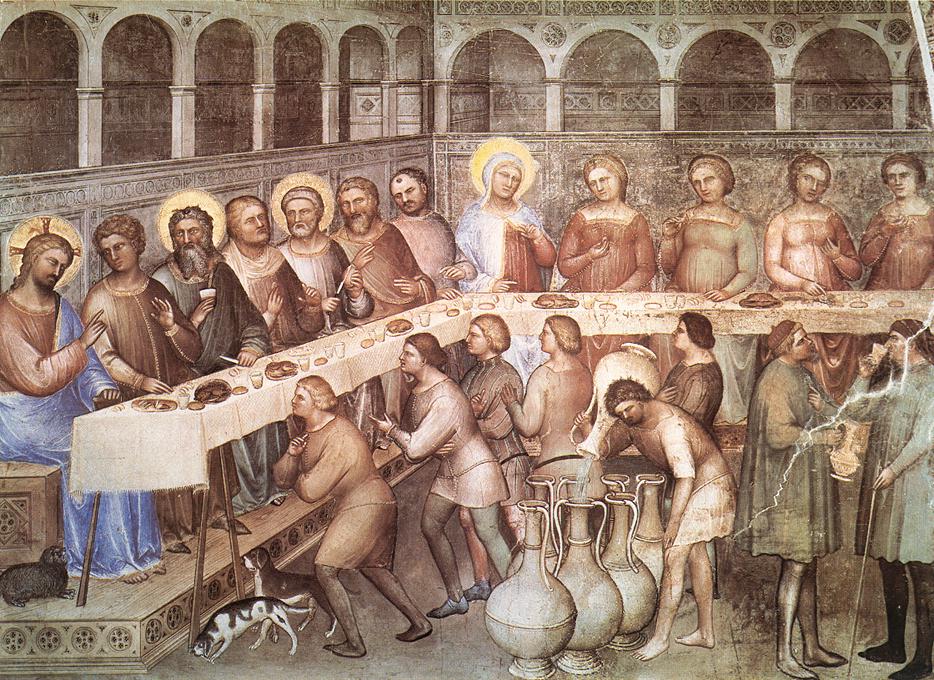
Giusto de’ Menabuoi was born in Florence, Italy in 1320 and died in Padua, Italy in 1391. He was a painter at the beginning of the renaissance period, known for his frescos and in particular, his work in the Baptistery of the Padua Duomo. While it is not confirmed, Giusto was thought to be an apprentice to the great master, Giotto. Around 1370 he moved to Padua, his work there earned him the alternative title Giusto Padovano. Giusto’s artistic style was very much his own and did not paint quite like the other artists living in the same period. Giusto was known for his vibrant use of colours, the painting “Paradise” seen in image one shows this use of colour, as well as his use of arrangement, creating an image that centres around Christ in a symmetrical fashion.
Work Cited.
F. Flores d’Arcais. “Encyclopedia of Medieval Art.” GIUSTO de ‘Menabuoi, Institute of the Italian Encyclopedia, 1996, https://www.treccani.it/enciclopedia/giusto-de-menabuoi_(Enciclopedia-dell’-Arte-Medievale)
“Giusto de’ Menabuoi.” Wikipedia, Wikimedia Foundation, 26 December 2020, https://en.wikipedia.org/wiki/Giusto_de%27_Menabuoi
The National Gallery, London. “Giusto De’ Menabuoi.” The National Gallery, https://www.nationalgallery.org.uk/artists/giusto-de-menabuoi.
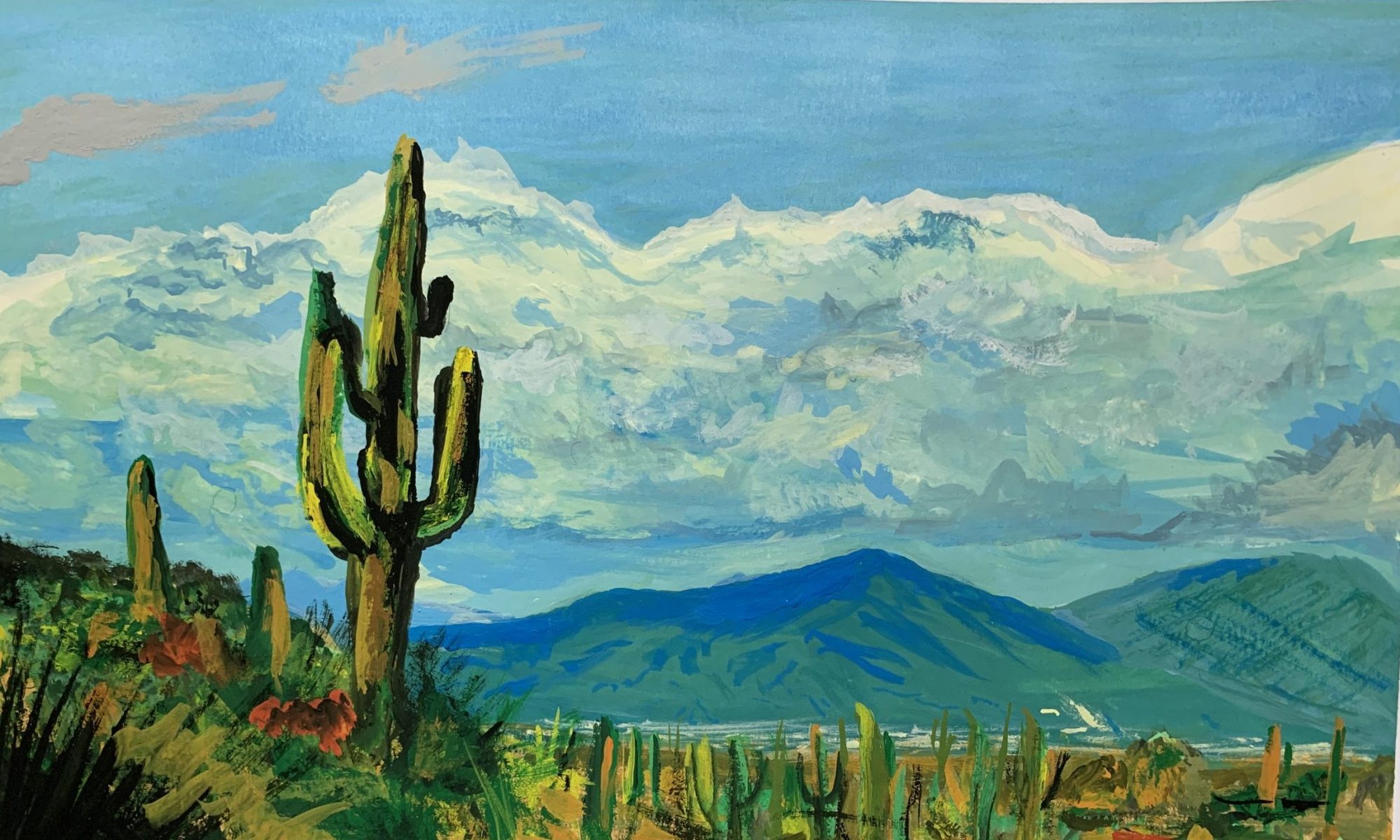
Matthew,
Interesting work on Menabuoi. I had little knowledge of this artist and it’s commendable that you dug deep to unearth a painter like this. Images are good but what I would like to see (and I’ve said this a number of times today to other students) is more personal thoughts and insights to the artists you blog about. Things like why you were inspired by the work? What paintings stand out for you? Is there something in his work that you find disturbing, unusual, etc.? That sort of thing. Anyhow not bad for the first post here.
Jeff
Writing comments from Patrick
Clear and concise, perhaps a tad short. Using Grammarly would help you sidestep some missteps:
renaissance period… or the Renaissance
to be an apprentice … to have been an apprentice
Giusto’s artistic style was very much his own and did not paint quite like the other artists living in the same period. Redundant?
Giusto was known for his vibrant use of colours, the painting “Paradise” seen in image one shows this use of colour, as well as his use of arrangement, creating an image that centres around Christ in a symmetrical fashion. Very long confusing sentence. Suggest breaking into two sentences.